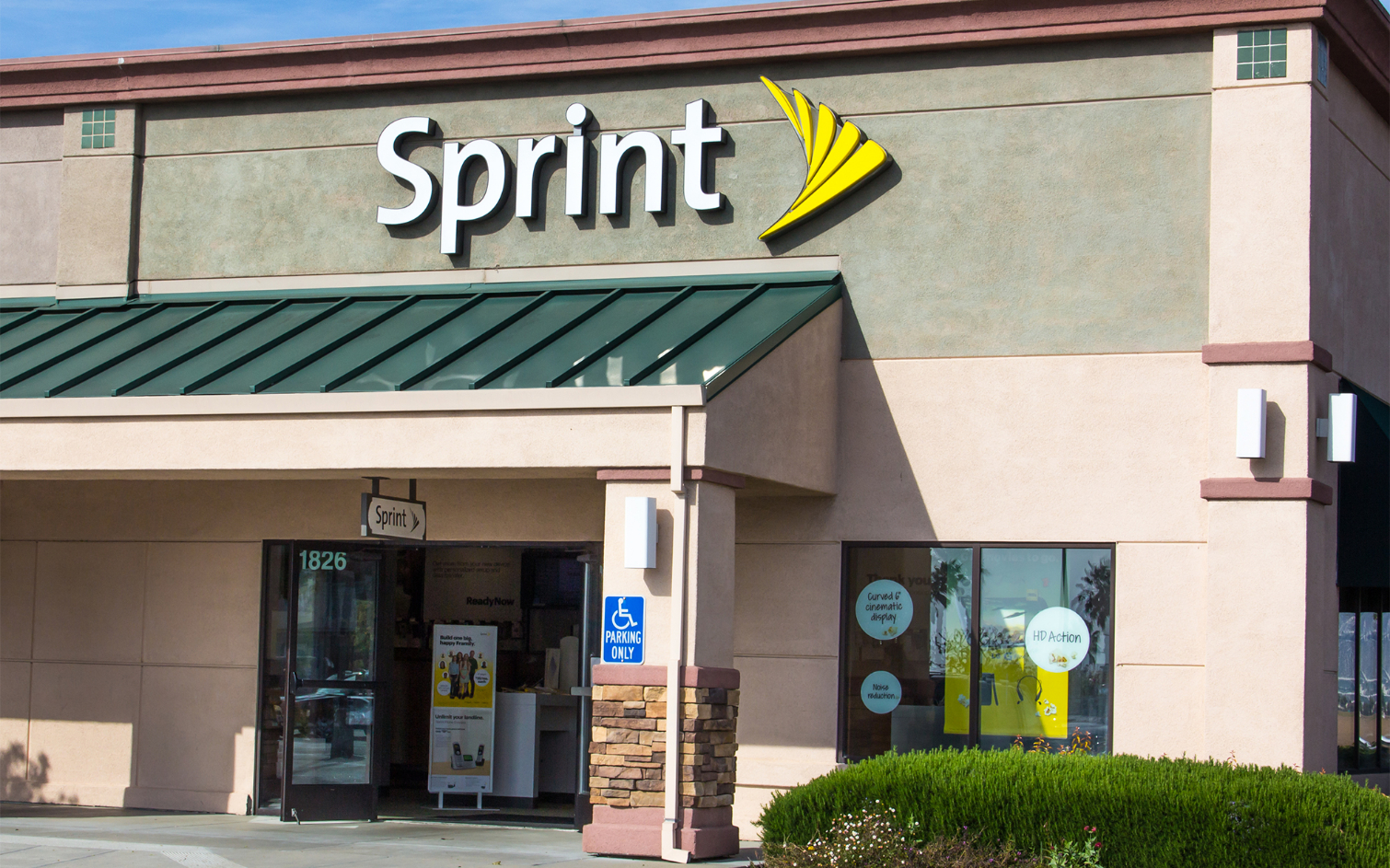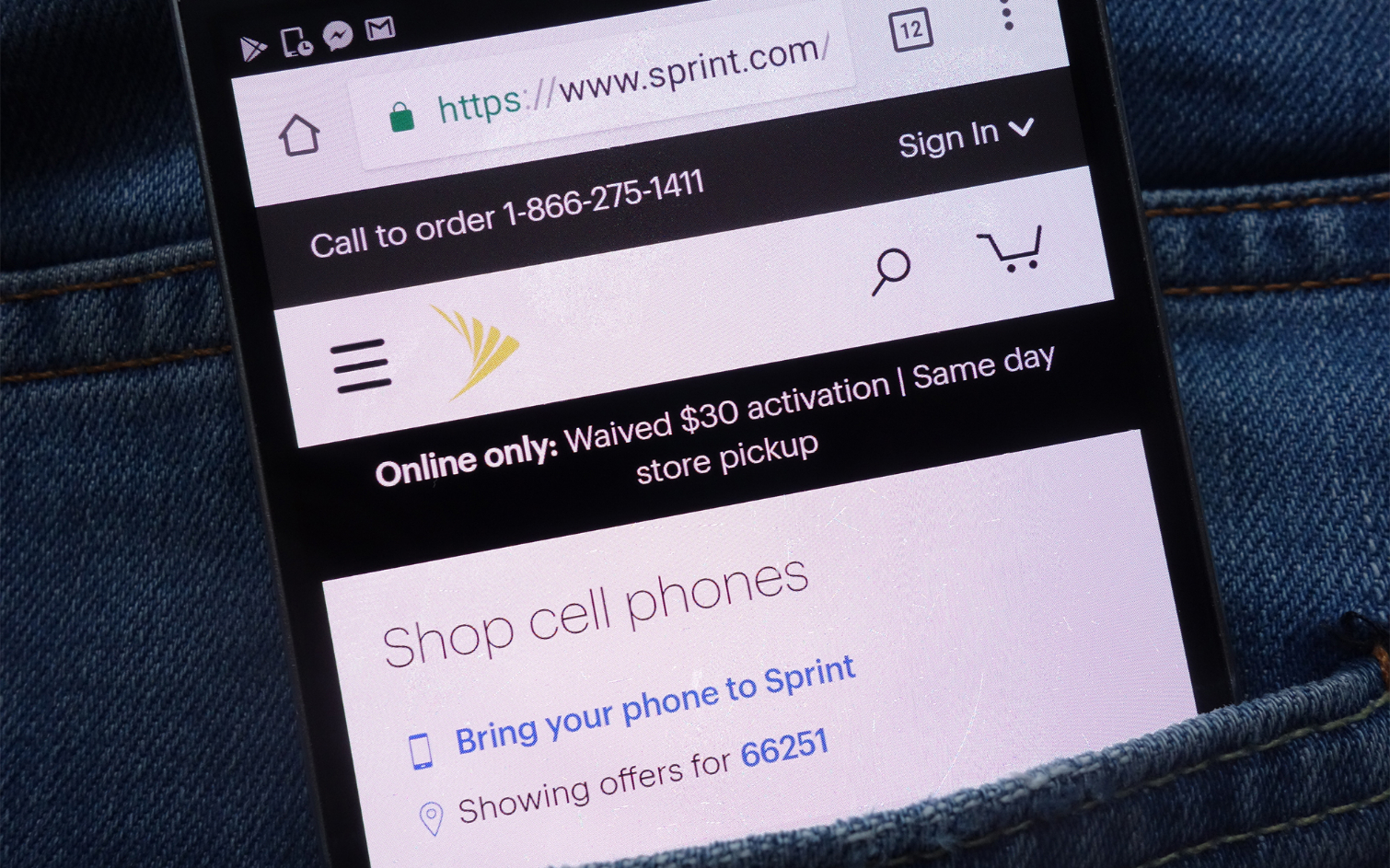Sprint: It's Not As Bad As You Think
Sprint may lag behind the other Big Four carriers in network speed, but its performance is still solid — especially considering how compelling its plans are.

Wireless networks are always getting faster, and carriers are often quick to point out the progress they’ve made investing in their infrastructure for the benefit of their customers. It’s why we put together our annual assessment of the fastest networks in the U.S. — to put their claims to the test.

And this year’s results presented some surprises. Yes, once again, Verizon was the fastest — but it’s the rest of the rankings that tell just as interesting story.
How Sprint performed
The next five spots after Verizon— from AT&T in second place with an average download speed 37 Mbps to Sprint in fifth with a 32 Mbps average — are separated by just 5 Mbps. In other words, even customers who aren’t tied to the fastest carriers still get respectable performance.
In fact, when you break down the results by city, some of those carriers that were slower on average overall begin to look even better. Sprint had the fastest network in Philadelphia, where its prepaid subsidiary Boost posted the best average download speed; Sprint was right behind by a single megabit-per-second. Sprint also finished second in Chicago as well, where the Now Network’s towers averaged 64 Mbps to Verizon’s 84 Mbps.
MORE: Want Fast LTE Speeds? Here's the Network You Need to Avoid
Sure, 20 Mbps is a sizable gap. But given that most other carriers finished in the 50 Mbps range in Chicago, Sprint’s result isn’t too shabby. And before you sing Verizon’s praises, it’s important to note that Big Red struggled in specific cities as well, like Philadelphia and Dallas, where it averaged 17 Mbps and 20 Mbps, respectively.
Get instant access to breaking news, the hottest reviews, great deals and helpful tips.
Trading performance for plan pricing
That’s a reminder that no carrier is perfect: even the fastest ones have weak points. However, the gaps between the fastest and slowest networks are narrowing, and that leaves wireless carriers like Sprint in a favorable position — especially because it can offer more competitive service plans to compensate for its slightly slower performance.
Sprint’s Unlimited Plus plan, which offers unrestricted high speed LTE data until you’ve used more than 50 GB in a billing cycle, costs $70 a month. T-Mobile’s One unlimited option starts at the same price, but restricts video streaming to standard definition. Meanwhile, AT&T and Verizon’s compatible plans are $10 and $15 more expensive for a single line of unlimited data. While it’s true Sprint users do have to put up with slower data speeds on average, they do pay a lower monthly rate for their troubles.

We asked Sprint users what they thought of the service on Reddit. Most of the complaints had more to do with customer service than performance, and while one commenter lamented poor service in rural areas, they also praised the network’s coverage during a cross-country trip, saying they traveled 1,000 miles before encountering a dead zone.
And if you happen to be a Sprint customer, there are reasons to be excited about what the carrier is planning. In the first half of next year, Sprint and LG are partnering to release their first 5G phone, which is likely to be the first 5G phone from any of the big four wireless companies.
Of course, the success of that phone will be largely dependent on Sprint’s initial 5G rollout and whether its planned merger with T-Mobile wins regulatory approval. (Both carriers have argued that combining forces is critical to their 5G plans.) And that’s to say nothing of the fact that the carrier does have ground to cover where LTE is concerned, too.
Sprint’s average upload speeds were a measly 4 Mbps across all eight cities Tom’s Guide tested in. That was good for second to last among all networks. AT&T, the third-fastest postpaid brand, still managed 12 Mbps. Sprint also finished last among postpaids in terms of app download time. Gaming chat app Discord (which measures 37 MB in size) took about a minute on average to download using Sprint’s towers. That’s roughly twice as long as it took Verizon and AT&T.
Bottom line
Sprint’s performance with regard to download speeds was eye-opening this year. The carrier might not be quite as behind as its reputation suggests. If you’re willing to part with some speed for a little extra cash in your wallet, Sprint’s not a bad choice.
Adam Ismail is a staff writer at Jalopnik and previously worked on Tom's Guide covering smartphones, car tech and gaming. His love for all things mobile began with the original Motorola Droid; since then he’s owned a variety of Android and iOS-powered handsets, refusing to stay loyal to one platform. His work has also appeared on Digital Trends and GTPlanet. When he’s not fiddling with the latest devices, he’s at an indie pop show, recording a podcast or playing Sega Dreamcast.
-
stickie I don't deal with their customer service because it's terrible but I also do not have good service. Cities or not. When I'm with another person too and we are constantly waiting for for a slow loading process, I let them know "Welcome to the Sprint network" ????Reply -
veeplus3 Sorry but Sprint has the worst service ever, I could be sitting in the same exact spot have all my LTE bars, next thing I know I have zero bars and no service. I don't know where you're getting your info from, but I've had them for a year-and-a-half, and can't wait to get back to Verizon. Sprint is the worst!Reply -
philip5697 I will gladly take 5min out of my day to tell you Sprint is by far worse cell phone company in existence. From horrible reception, in and out signal, constant throttling, none english customer service and unauthorized credit card withdrawals when you have used a card once to make a payment. They keep credit card number on record without authorization so if you ever decide to leave within seven days you will see cancellation charges and equipment charges withdrawn from your account. Luckily for me Chase flagged transaction as fraud as I only used this card once to pay the bill. If you decide to take a chance, take into consideration you won’t be able to cancel your service because it takes at least 45min to connect with customer service and your call will be dropped after 15min because that’s just how they roll. Leave a nasty comment on their Facebook page, they will call you within 5min, but then tbat only leaves you with 10min to cancel which is not enough time unless you know how to speak a foreign language.Reply -
bryanfiege First of all Verizon already has a 5G capable phone with Motorola so you're wrong there. And your anecdotal comments about people complaining about the service is likely what you find when most people complain about any company, so that point is again irrelevant. And your might want to take a look at Root Metrics, you know the real deal when it comes to network testing, when you compare networks and see what else goes into rating a network. This was a poorly written article. You either get some sort of kick back from Sprint or you're just poory educated on the matter either way myself and every other commentor are here to set you straight kid.Reply
